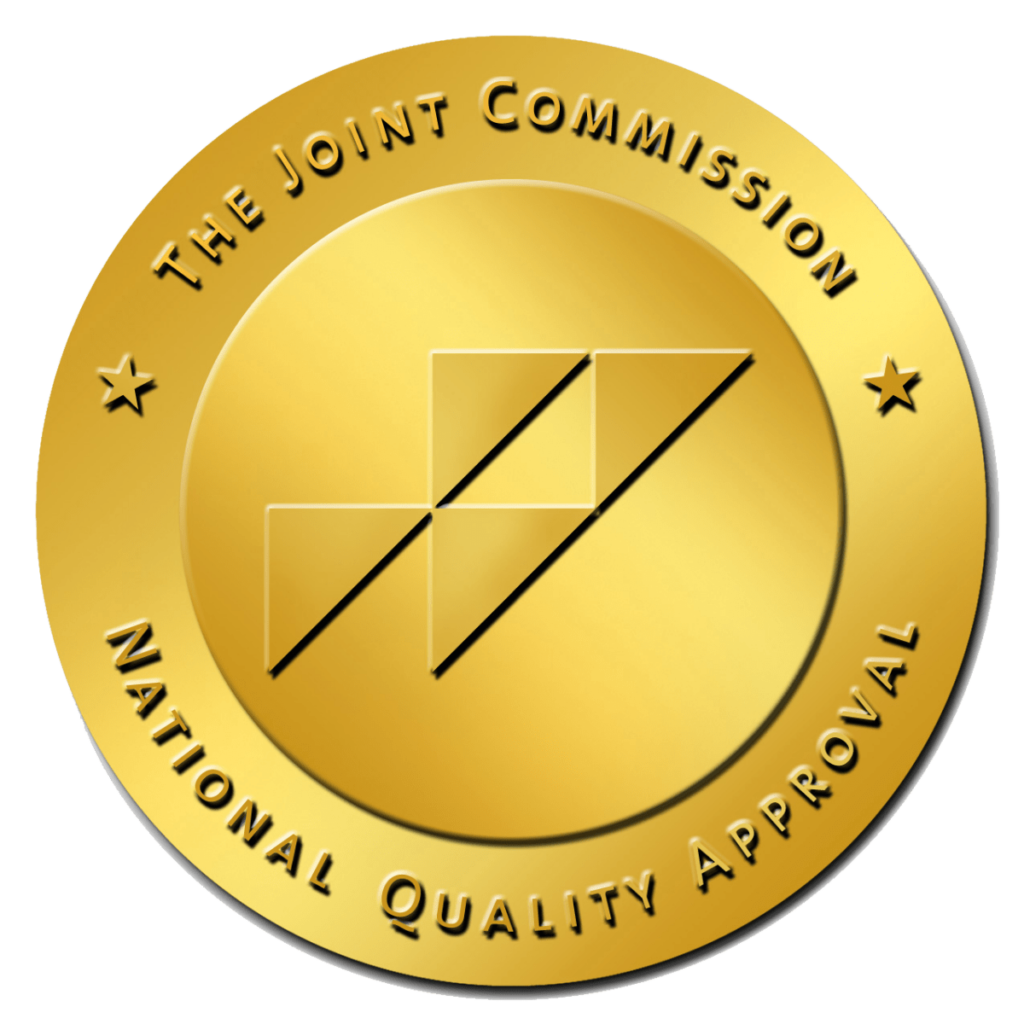Bipolar disorder is a complex and chronic mental health condition that affects millions of people worldwide. Within the broad spectrum of bipolar disorder, there exists a subtype known as rapid cycling. Rapid cycling is characterized by frequent and distinct shifts between manic and depressive episodes within a year. In this article, we will delve into the various aspects of rapid cycling in bipolar disorder, including its definition, causes, impact on daily life, diagnosis, and treatment options.
Defining Rapid Cycling in Bipolar Disorder
Before we can fully grasp the intricacies of rapid cycling, it is important to understand its clinical definition. According to the Diagnostic and Statistical Manual of Mental Disorders (DSM-5), rapid cycling is defined as experiencing at least four episodes of mania, hypomania, or major depression within a 12-month period. These episodes must be separate and distinct, with periods of normal mood in between. This rapid shifting between mood states can significantly disrupt an individual’s functioning and well-being.
In addition to the clinical definition, it is crucial to distinguish rapid cycling from other bipolar symptoms. While bipolar disorder is characterized by shifts between manic and depressive episodes, rapid cycling refers specifically to the frequency of these episodes. Rapid cyclers experience shorter, more frequent episodes compared to individuals with non-rapid cycling bipolar disorder.
Understanding the impact of rapid cycling on individuals with bipolar disorder requires a closer look at the nature of these episodes. During a manic episode, individuals may experience an elevated mood, increased energy levels, and a heightened sense of self-importance. They may engage in impulsive and risky behaviors, such as excessive spending or reckless driving. On the other hand, during a depressive episode, individuals may feel extreme sadness, hopelessness, and a lack of interest in activities they once enjoyed. They may struggle with low energy levels, difficulty concentrating, and thoughts of self-harm or suicide.
Rapid cycling intensifies the already challenging nature of bipolar disorder. The frequent and rapid shifts between these extreme mood states can leave individuals feeling emotionally exhausted and overwhelmed. The unpredictability of rapid cycling can make it difficult for individuals to maintain stable relationships, hold down a job, or even engage in day-to-day activities. The constant fluctuations in mood can also lead to a sense of frustration and confusion, as individuals struggle to make sense of their own emotions.
It is important to note that not all individuals with bipolar disorder experience rapid cycling. In fact, rapid cycling is estimated to occur in about 10-20% of individuals with bipolar disorder. The reasons behind why some individuals develop rapid cycling while others do not are still not fully understood. However, certain factors such as genetics, hormonal imbalances, and the presence of other mental health conditions may contribute to the development of rapid cycling in some individuals.
Given the unique challenges posed by rapid cycling, it is crucial for individuals with bipolar disorder to receive appropriate treatment and support. Medications, such as mood stabilizers and antipsychotics, may be prescribed to help manage the frequency and intensity of mood episodes. Psychotherapy, including cognitive-behavioral therapy and interpersonal therapy, can also be beneficial in helping individuals develop coping strategies and improve their overall well-being.
Support from loved ones and a strong social support network are equally important in the management of rapid cycling. Understanding, patience, and empathy from family and friends can make a significant difference in an individual’s ability to navigate the challenges of rapid cycling. Support groups and peer networks can also provide a sense of belonging and understanding, allowing individuals to share their experiences and learn from others who are facing similar challenges.
In conclusion, rapid cycling in bipolar disorder refers to the experience of at least four separate and distinct episodes of mania, hypomania, or major depression within a 12-month period. This unique aspect of bipolar disorder can significantly impact an individual’s functioning and well-being. Understanding the nature of rapid cycling, its symptoms, and available treatment options is crucial in providing appropriate support and care for individuals with this challenging condition.
The Causes and Risk Factors of Rapid Cycling
While the exact causes of rapid cycling in bipolar disorder are still being researched, genetic factors and environmental triggers are believed to contribute to its development and manifestation.
Rapid cycling, a subtype of bipolar disorder, is characterized by frequent and intense mood swings between manic and depressive episodes. These episodes can occur within a short period of time, sometimes even within a day or a few hours. Understanding the causes and risk factors of rapid cycling is crucial in order to develop effective treatment strategies and improve the quality of life for individuals affected by this condition.
Genetic Factors in Rapid Cycling
Research suggests that there may be a genetic predisposition to rapid cycling. Studies have shown that individuals with a family history of bipolar disorder, particularly those with rapid cycling subtype, are more likely to develop the condition themselves. This suggests that certain genetic variants may contribute to the vulnerability of experiencing rapid cycling episodes.
Scientists are currently investigating specific gene variants related to mood regulation and circadian rhythm disturbances for their potential role in rapid cycling. These genes are involved in the complex interplay of neurotransmitters and hormones that regulate mood and sleep-wake cycles. By understanding how these genetic factors influence rapid cycling, researchers hope to develop targeted interventions that can effectively manage the condition.
Environmental Triggers for Rapid Cycling
While genetics play a significant role, environmental factors can also contribute to the onset and exacerbation of rapid cycling episodes. Stressful life events have been identified as potential triggers for manic or depressive episodes in individuals with bipolar disorder. Major life changes, such as the loss of a loved one, divorce, or job loss, can significantly impact a person’s emotional well-being and stability, potentially leading to rapid cycling.
Relationship conflicts, both personal and professional, can also contribute to the development of rapid cycling episodes. Interpersonal stressors, such as arguments, disagreements, or strained relationships, can create emotional turmoil and disrupt the delicate balance of mood regulation in individuals with bipolar disorder.
Financial difficulties can also be a significant environmental trigger for rapid cycling. The stress and uncertainty associated with financial instability can lead to increased anxiety and mood dysregulation, potentially triggering manic or depressive episodes.
In addition to external stressors, certain lifestyle factors can also contribute to rapid cycling. Irregular sleep patterns, such as staying up late or having disrupted sleep, can disrupt the circadian rhythm and contribute to mood instability. Substance abuse, including alcohol or drug use, can also have a detrimental effect on mood regulation and increase the likelihood of rapid cycling episodes.
Furthermore, certain medications, such as antidepressants or stimulants, can potentially precipitate rapid cycling in individuals with bipolar disorder. It is important for healthcare professionals to carefully evaluate the risks and benefits of medication options for individuals with rapid cycling, as some medications may worsen symptoms or trigger mood swings.
In conclusion, rapid cycling in bipolar disorder is a complex condition influenced by both genetic factors and environmental triggers. Understanding the interplay between these factors is crucial in order to develop effective treatment strategies and support individuals affected by rapid cycling. Ongoing research in this field aims to uncover the underlying mechanisms and develop targeted interventions to improve the lives of those living with this challenging condition.
The Impact of Rapid Cycling on Daily Life
The frequent and intense mood swings associated with rapid cycling can have profound effects on various aspects of an individual’s life. It is important to understand the emotional, psychological, social, and occupational consequences that accompany this condition.
Emotional and Psychological Effects
Living with rapid cycling in bipolar disorder can be emotionally exhausting. Individuals may find themselves caught in a perpetual cycle of extreme highs and lows, which can lead to feelings of confusion, frustration, and despair. The constant rollercoaster of emotions can make it difficult to maintain a sense of stability and control.
During manic episodes, individuals may experience an overwhelming sense of euphoria and grandiosity. They may engage in impulsive and risky behaviors, such as excessive spending, reckless driving, or substance abuse. These behaviors can have serious consequences and may lead to financial problems, legal issues, or damaged relationships.
On the other hand, depressive episodes can be debilitating. Individuals may feel an overwhelming sense of sadness, hopelessness, and worthlessness. They may struggle with low energy levels, difficulty concentrating, and loss of interest in activities they once enjoyed. These symptoms can make it challenging to fulfill daily responsibilities and maintain relationships.
Social and Occupational Consequences
The impact of rapid cycling extends beyond emotional well-being and can significantly affect an individual’s social and occupational life. Maintaining stable relationships and employment can become challenging due to the unpredictability of symptoms and the need for ongoing treatment.
Interpersonal relationships may suffer as a result of rapid cycling. Loved ones may find it difficult to understand and cope with the sudden shifts in mood and behavior. This can lead to strain, misunderstandings, and conflicts within relationships. The constant instability can make it hard for individuals to form and maintain meaningful connections, further exacerbating feelings of loneliness and isolation.
Occupationally, rapid cycling can disrupt an individual’s ability to perform consistently and meet job requirements. The unpredictable nature of mood swings may result in missed workdays, decreased productivity, and difficulty concentrating on tasks. This can lead to job loss, financial instability, and a sense of professional dissatisfaction.
In addition to the challenges faced within personal relationships and employment, individuals with rapid cycling may also encounter stigma and discrimination. The general public’s lack of understanding about bipolar disorder can lead to misconceptions and prejudices. This can make it even more difficult for individuals to seek support, access appropriate treatment, and integrate into society without fear of judgment or rejection.
In conclusion, rapid cycling in bipolar disorder has far-reaching effects on an individual’s life. The emotional, psychological, social, and occupational consequences can be overwhelming and require comprehensive support and treatment. It is crucial to raise awareness, promote understanding, and provide resources to help individuals with rapid cycling navigate their daily lives with resilience and empowerment.
Diagnosis of Rapid Cycling in Bipolar Disorder
Accurate diagnosis is crucial to ensure appropriate treatment and support for individuals experiencing rapid cycling in bipolar disorder.
Diagnostic Criteria for Rapid Cycling
The DSM-5 outlines specific criteria for diagnosing rapid cycling in bipolar disorder. As mentioned earlier, an individual must exhibit at least four distinct manic, hypomanic, or major depressive episodes within a 12-month period. These episodes should be separate and distinct, with periods of normal mood in between. Additional factors, such as the severity and duration of each episode, are taken into account to determine the presence of rapid cycling.
Common Misdiagnoses and Overlaps with Other Conditions
Due to the complex nature of bipolar disorder, rapid cycling can be easily misdiagnosed or mistaken for other conditions. The symptoms of rapid cycling often overlap with those of attention-deficit/hyperactivity disorder (ADHD), borderline personality disorder, and substance use disorders. Accurate diagnosis necessitates a thorough evaluation by a qualified mental health professional.
Treatment Options for Rapid Cycling
While rapid cycling in bipolar disorder can be challenging to manage, numerous treatment options are available to help individuals regain stability and improve their quality of life.
Medication Management for Rapid Cycling
Pharmacotherapy is a cornerstone of treatment for rapid cycling in bipolar disorder. Mood stabilizers, such as lithium, valproate, or lamotrigine, are commonly prescribed to reduce the frequency and intensity of mood swings. Antidepressant medications may be used cautiously in combination with mood stabilizers to address depressive symptoms. It is crucial for individuals to work closely with their healthcare provider to find the most effective medication regimen.
Psychotherapy Approaches for Rapid Cycling
Besides medication, psychotherapy can play a vital role in managing rapid cycling. Cognitive-behavioral therapy (CBT) aims to identify and modify maladaptive patterns of thinking and behavior that contribute to mood instability. Psychoeducation, family therapy, and support groups can also provide individuals with coping strategies, bolster social support, and enhance their understanding of the condition.
In conclusion, rapid cycling in bipolar disorder is a complex and challenging subtype that requires specialized attention and treatment. Understanding the clinical definition, causes, impact on daily life, diagnosis, and available treatment options is essential for individuals, healthcare providers, and their loved ones. With the right support and interventions, individuals with rapid cycling can regain stability, enhance their well-being, and live fulfilling lives despite the challenges posed by this condition.




